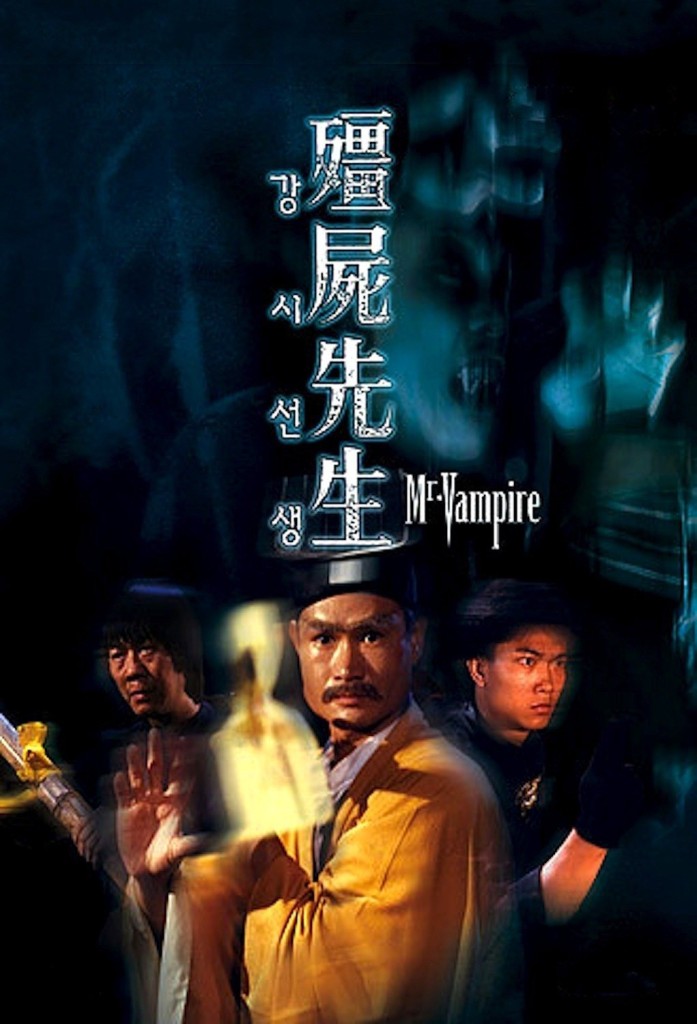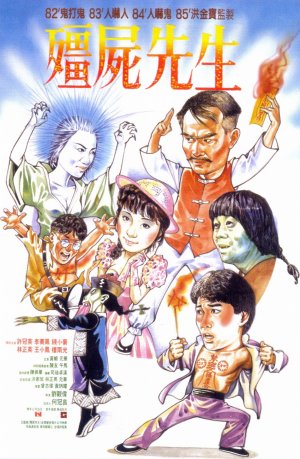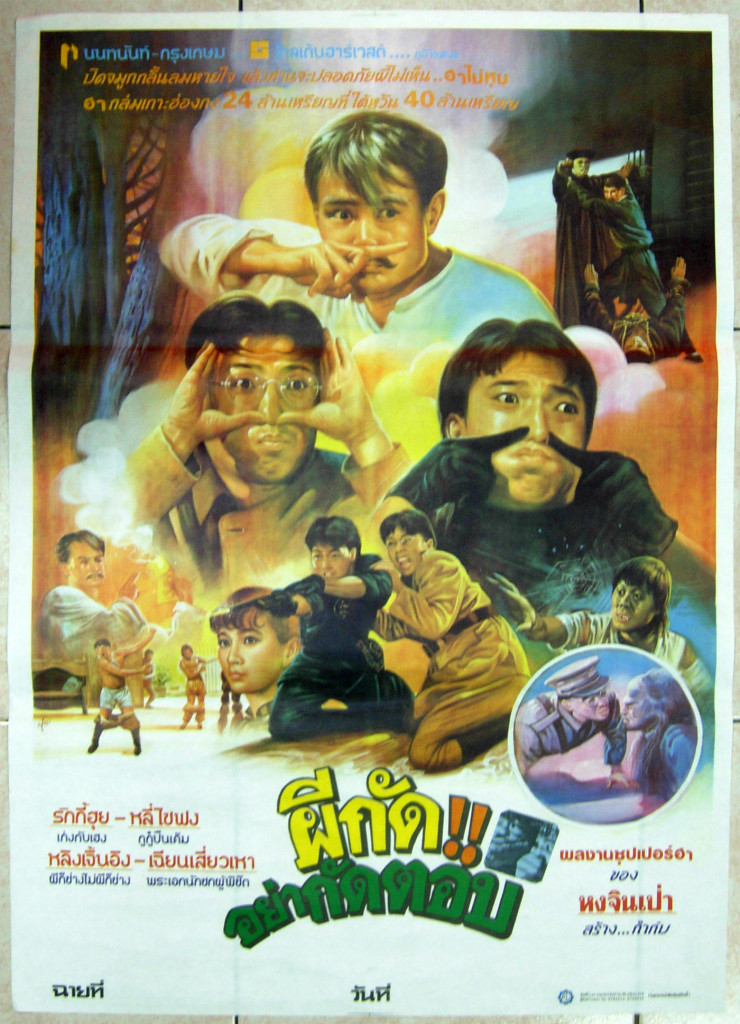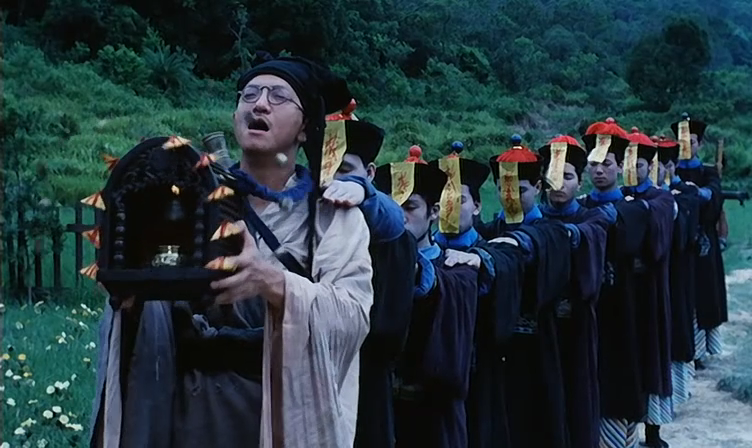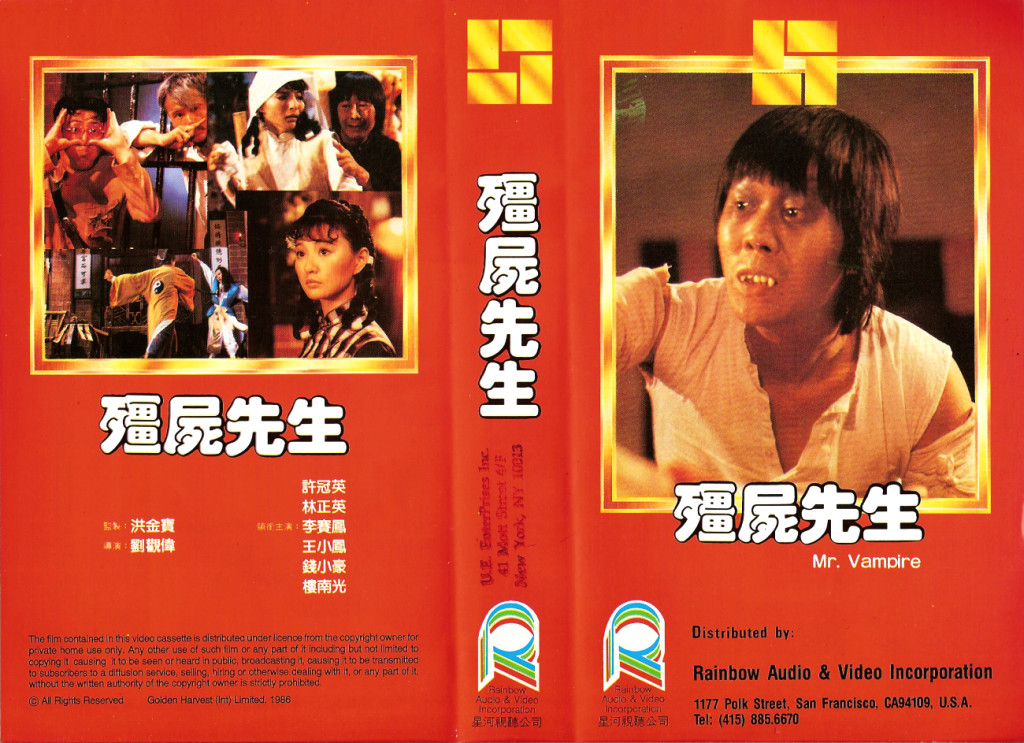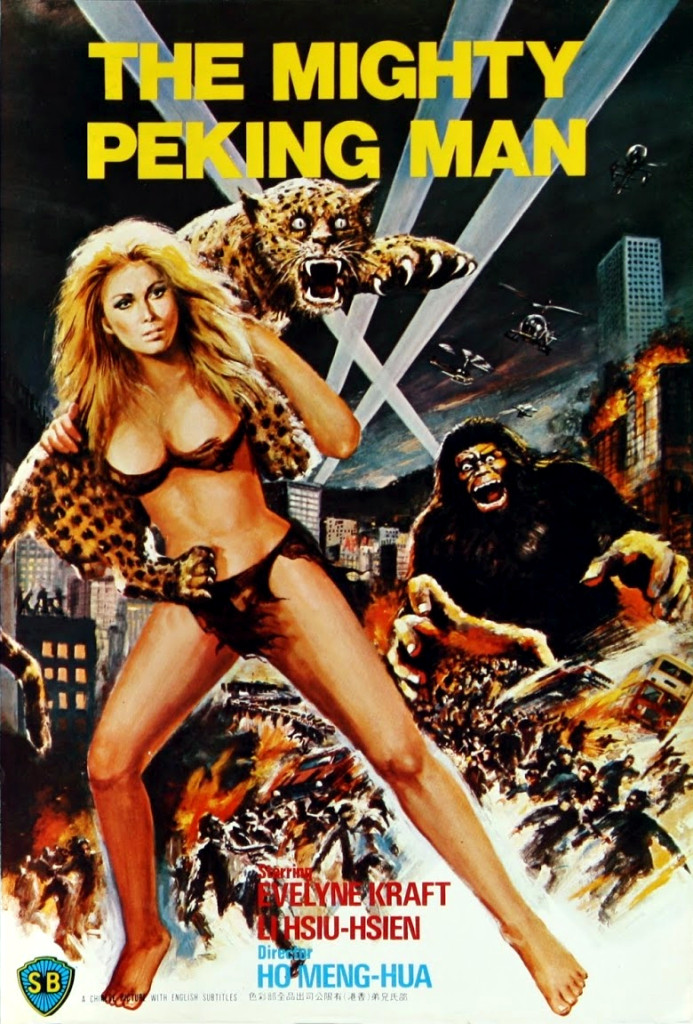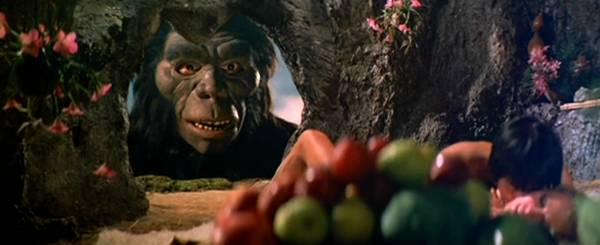The Flying Guillotine ~ 1975, Meng Hua Ho
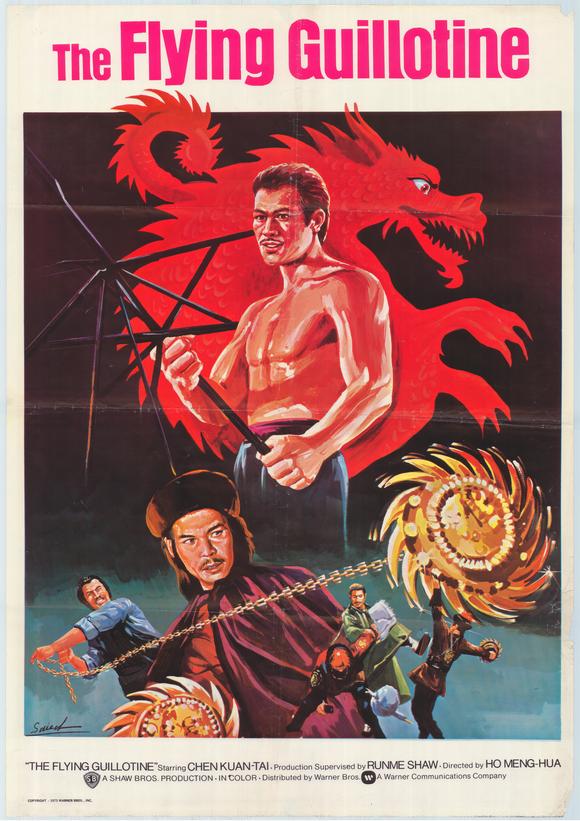
Rare is it that a damn prop is able to steal the show like the Flying Guillotine did. It’s basically just a damn murder Frisbee, and it kicked ass so hard that after this movie came out, several additional films had to be produced, for the sole purpose of delivering Flying Guillotine related content into the eager eyes of human beings world wide. This thing is awesome, and you need to know about it.
But just what in the hell is a Flying Guillotine?
I’m glad you asked! Essentially, a flying guillotine is a ranged weapon used to decapitate people from a distance… You know, for the busy decapitator who’s always on the go. Essentially disc shaped, the user throws the Flying Guillotine at his/her target, and attempts to land it perfectly on their head; which is then sliced off using a simple net and blade system. So, it’s kinda like ring toss, only… you know… It decapitates the shit out of people. As an added bonus, the flying guillotine is outfitted with a length of chain, which allows the user to retrieve the weapon, head still in tow, in case they want to keep it for a souvenior or whatever. The outside rim of the weapon is lined in sharp, buzz saw type blades, which allow it to crash through walls, or saw through basically whatever stands between the user, and the righteous decapitation of whoever they toss the damn thing at. Have a look:
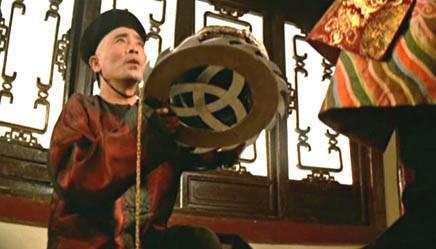
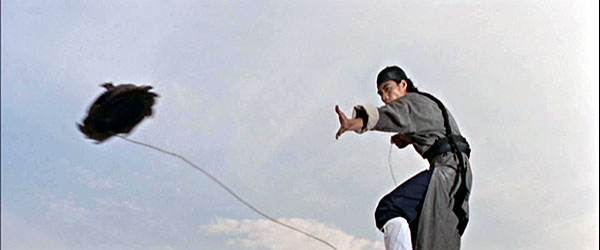
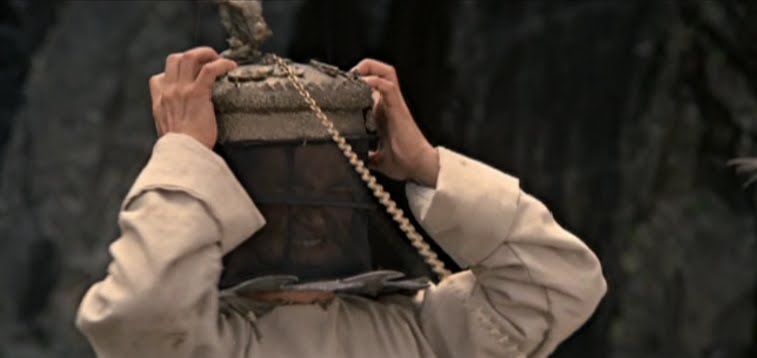
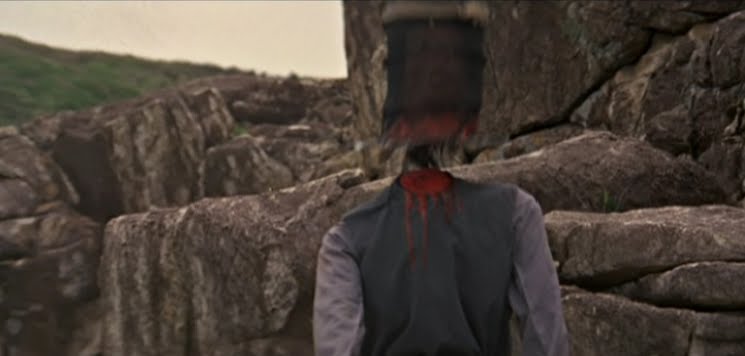
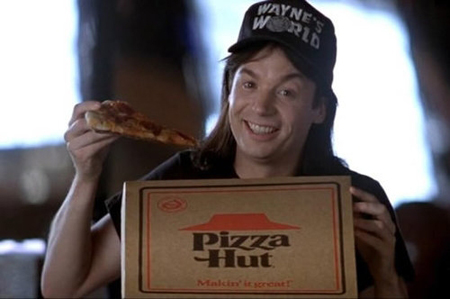
Basically, it’s the most terrifying weapon in the world, there’s no defense against it, and if somebody throws it at you, your head is coming off for sure. The Flying Guillotine is nothing to scoff at, and if two flying guillotines impact one another while in flight, they freakin’ explode. Needless to say, putting this thing in your movie is basically a license to print money, and literally every film ever SHOULD have had a Flying Guillotine in it. Seriously, think about how rad 50 First Dates would have been if Sandler threw one of these things at somebody just ONCE. Also, how does Frisbee-golf work? I think this might be exactly like Decapitation Frisbee golf, also.
So, according to historical record, these things actually existed, although I kinda feel like I need to call B.S. on that one, historians. Anyway, regardless of how many ACTUAL, Chinese people had their heads Frolfed off in real life, I can tell you how many suffer that awesome fate in The Flying Guilotine: Way more than enough for this movie to be super entertaining.
THE PLOT~ When some corrupt ass Chinese emperor dude decides that he needs to be even shadier than he already is, he tasks his court of royal go-geters with the job of designing a newer, sneakier means of killing people without fear of reprisal. It just so happens that one of his more abstract thinking tinkerers comes up with an idea more or less immediately, and he crafts the world’s very first Flying Guillotine, a device which murders people so, so hard, and which is awesome. At first, the Emperor is enraged. “What if this device were turned against me?!” He thinks, but after he calms down a little bit, The Flying Guillotine really starts to grow on him. The decision is then made to round up the Kingdom’s best royal guards and develop a team of Flying Guillotine wielding super assassins, which is exactly what happens. At first, everything seems just dandy, until our troops start to realize that the Emperor is spying on them, and they no longer have any freedom whatsoever. The slightest sign of disloyalty puts you at the business end of a flying guillotine, and your only purpose in life is to basically murder anyone the Emperor wants you to, which often sucks. Ma Teng, our star pupil, isn’t really in love with this idea, so he soon goes awol, which leads to a massive confrontation between him and his former comrades. In the end, China is littered with severed heads, and rivers of thick, bright red, fake looking blood. I love this movie.
At it’s heart, The Flying Guillotine is more or less a cold war allegory, which seems a little weird. The Flying Guillotine itself is basically depicted as being unreasonable power in the hands of a corrupt government, so it becomes a stand in for the bomb; it’s a power no one should have, that will inevitably wind up in the hands of the person least worthy. Furthermore, the controlling, ever invasive environment our central characters find themselves in is very representative of Stalinist Russia, so The Flying Guillotine comes across as being something like a Kung Fu version of Animal Farm… but with like, a thousand headless bodies flailing about. I think it’s an improvement over Orwell’s work, but that’s my opinion.
From a technical perspective, the film makes out okay, but is pretty typical of an early 1970’s Shaw Brothers film, that is to say that it’s heavy on charm, but far from state of the art. The effects throughout are mostly pretty decent, and there is some ambitious use of specialty lenses here and there, although this tends to be more distracting than impressive. It’s pretty bloody, which is would really have to be, given the subject matter, but all the blood looks like bright red acrylic paint, which is at the same time awesome, and painfully unrealistic looking. Oh well, nobody cares, they compensate nicely via decapitations.
I think my favorite scene comes late in the film, when Ma Teng knows his former brothers in arms are likely to strike against him at any time. In a stroke of brilliance, he inlists the help of some local blacksmiths to create a device designed to defend against Flying Guillotine attacks; some kind of weird, metallic umbrella thing. It’s wacky as hell, but don’t laugh too hard, because the freakin’ thing actually works! Not only does it successfully deflect a Flying Guillotine attack, it also kills Ma Teng’s would be assassin in the process. This is clearly a major breakthrough in anti-decapitation technology, but unfortunately, the device wasn’t fully finished when Ma Teng was forced to use it, so it ends up only being good for one use.
Another great scene comes right at the film’s climax, which takes place in an awesome rocky outcropping/waterfall type location, and features a showdown between Ma Teng and a few of his former team mates. It’s a truly fantastic conclusion to the film, and it’s shot really nicely, as well. Like England’s Hammer Studios, The Shaw Brothers were renowned for their use of highly detailed and elaborate sets, and I do love them for this, but taking the camera and actors off the studio soundstages and into a natural environment for the film’s finale makes a huge difference, and really manages to give this last scene an impressive impact. This really takes it to eleven for The Flying Guillotine, but honestly, it’s kinda hard to go wrong when 9/10’s of your cast has no head by the end of the picture. This one was in the bag from day one. I ain’t even mad.
The Flying Guillotine turns up in several more movies, and I highly doubt that we’ve seen the last of it. If you’re new to the world of elaborate, long range decapitations, then I would recommend this movie as a good introduction to the wide, wild world of the o’ T.F.G. One way or the other, this is a solid and enjoyable film, and I recommend it.
A


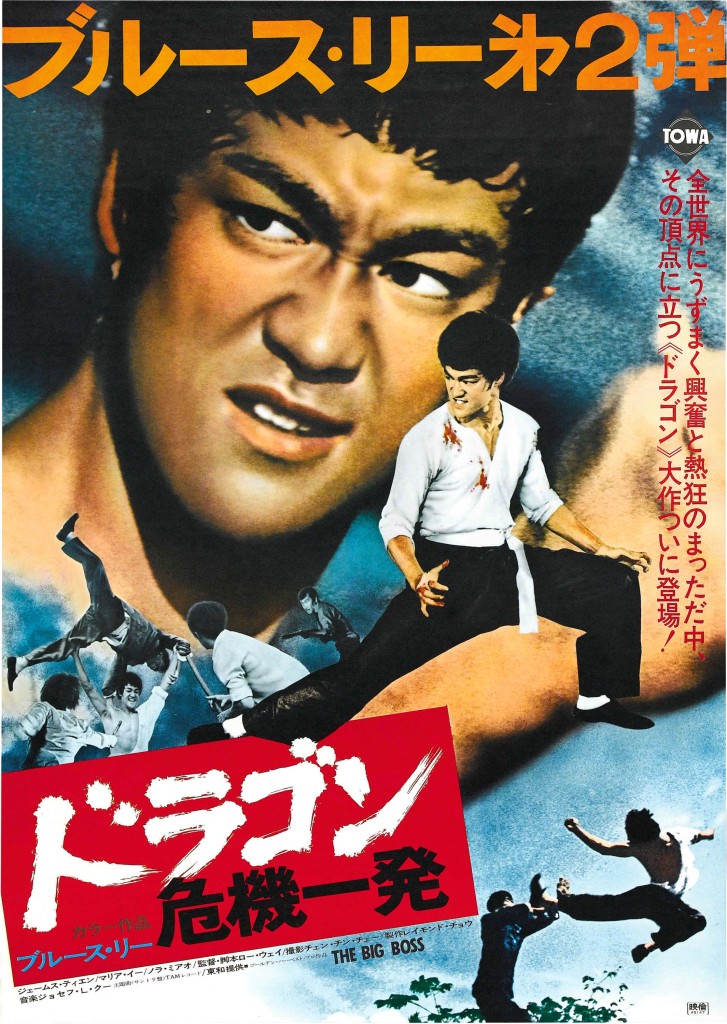
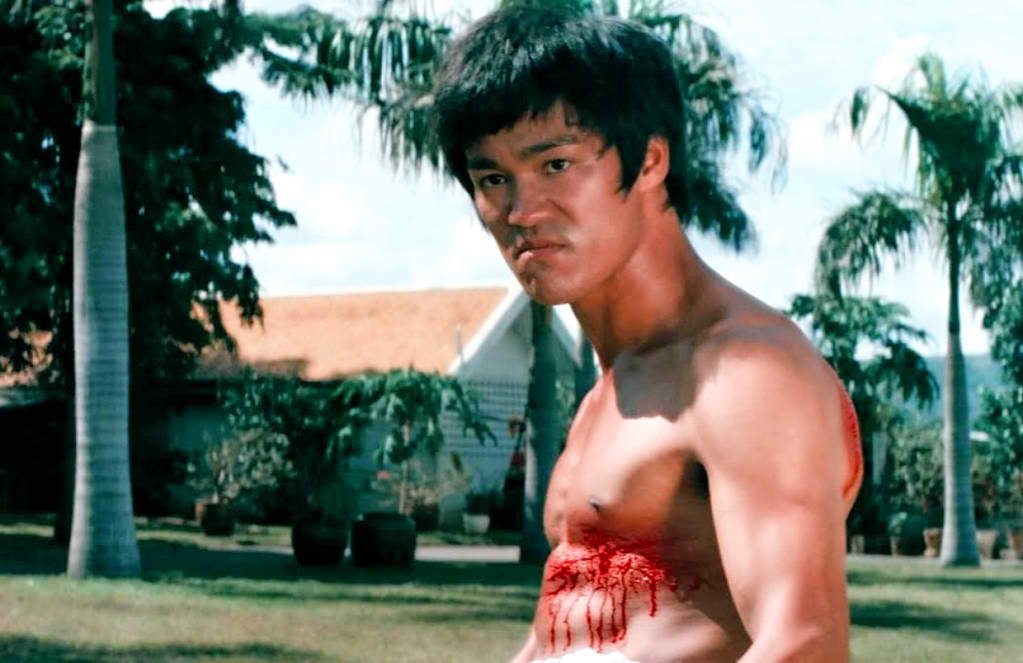
 What’s the difference?!
What’s the difference?!
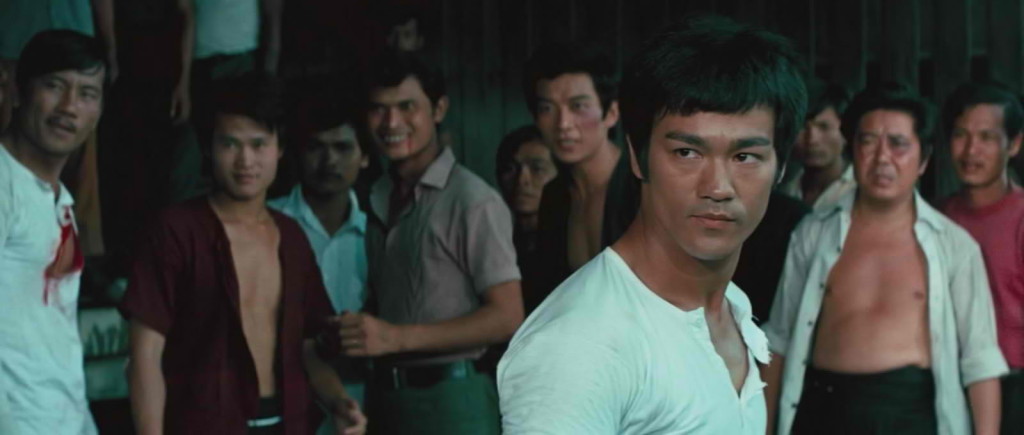 Plus, check out the dude in the maroon shirt- it’s Lam Ching-Ying!
Plus, check out the dude in the maroon shirt- it’s Lam Ching-Ying! A
A